It’s not hard to pick out a great camera phone this year. 2020 was absolutely full of them. To entice new purchases, smartphone brands tout bigger and brighter sensors than ever before, along with triple and quad-camera setups that offer a wider variety of shooting options.
Yet, if you already own a good camera phone from 2019, is there anything worth upgrading for now 2020 is coming to a close? Rather than relying on spec sheets and speculation, we want to look at real pictures. To find out, we’ve taken the Google Pixel 5 and Pixel 4, Huawei P40 Pro and P30 Pro, and Samsung’s Galaxy Note 20 and Galaxy Note 10 out for a spin.
We’re not going to hyper-analyze all the little differences between these handsets. We’ve got a best of 2020 shootout for this year’s ultimate camera phone showdown coming soon that will do just that. Rather we’re more interested in any glaringly obvious improvements between 2019 and 2020 flagships when eyeballing full-frame images.
If you’re interested in a closer look at the full resolution samples, check out the Google Drive folder here.
2019 vs 2020 camera phones: Specs comparison
| 2019 phones | Google Pixel 4 | Huawei P30 Pro | Samsung Galaxy Note 10 |
|---|---|---|---|
| Main camera |
12.2 megapixels f/1.7 aperture 1/2.55-inch sensor Dual Pixel PDAF, OIS |
40 megapixels (10MP binned) f/1.6 aperture 1/1.7-inch sensor PDAF, RYYB |
12 megapixels f/1.5 and f/2.4 dual aperture 1/2.55-inch sensor Dual Pixel PDAF, OIS |
| Secondary camera |
2x telephoto zoom 16 megapixels f/2.4 aperture 1/3.6-inch sensor PDAF, OIS |
Wide-angle 20 megapixels f/2.2 aperture 1/2.7-inch sensor PDAF |
Wide-angle 16 megapixels f/2.2 aperture 1/3.1-inch sensor |
| Third camera |
5x periscope zoom 8 megapixels f/3.4 aperture 1/4.0-inch sensor PDAF, OIS, RYYB |
2x telephoto zoom 12 megapixels f/2.1 aperture 1/1.36-inch sensor PDAF, OIS |
|
| Fourth camera |
Depth (time-of-flight) |
| 2020 phones | Google Pixel 5 | Huawei P40 Pro | Samsung Galaxy Note 20 |
|---|---|---|---|
| Main camera |
12.2 megapixels f/1.7 aperture 1/2.55-inch sensor Dual Pixel PDAF, OIS |
50 megapixels (12.5MP binned) f/1.9 aperture 1/1.28-inch sensor Omnidirectional PDAF, RYYB |
12 megapixels f/1.8 aperture 1/1.76-inch sensor Dual Pixel PDAF, OIS |
| Secondary camera |
107˚ wide-angle 16 megapixels f/2.2 aperture |
Wide-angle 40 megapixels f/1.8 aperture 1/1.54-inch sensor PDAF |
Wide-angle 12 megapixels f/2.2 aperture 1/2.55-inch sensor |
| Third camera |
5x periscope zoom 12 megapixels f/3.4 aperture PDAF, OIS, RYYB |
3x hybrid zoom 64 megapixels (16MP binned) f/2.0 aperture 1/1.72-inch sensor PDAF, OIS |
|
| Fourth camera |
Depth (time-of-flight) |
While these handsets’ dual and triple-camera setups haven’t changed the underlying formula over the past year, there are some key differences to each brands’ latest hardware.
Google dropped the telephoto lens and switched to a wide-angle secondary sensor with its Pixels. Huawei revamped all of its cameras. It moved to larger sensors with higher resolutions for better light capture and more detail. The Chinese company continued its experiment with RYYB rather than traditional RGGB sensors and still offers longer range periscope zoom cameras. Samsung also updated its main, wide-angle, and zoom sensors this generation. In addition, it dropped its switchable dual aperture feature from the main camera. Samsung’s 64MP hybrid zoom technology, borrowed from the Galaxy S20 Plus, is a bit of a different take compared to the competition too.
There are plenty of interesting changes from generation to generation. But do any of these make a meaningful difference to your typical picture?
Quick everyday snaps
We’ll kick-off our shootout with a selection of shots taken in OK to excellent lighting conditions.
 Google Pixel 4 Google Pixel 5
Google Pixel 4 Google Pixel 5

 Huawei P30 Pro Huawei P40 Pro
Huawei P30 Pro Huawei P40 Pro

 Samsung Galaxy Note 10 Samsung Galaxy Note 20
Samsung Galaxy Note 10 Samsung Galaxy Note 20

Our first example quickly highlights a theme you’ll see throughout this shootout. The Google Pixel 4 and Pixel 5 are certainly the most difficult to distinguish between all of our handset pairs. This is to be expected given the identical hardware and similar processing algorithms. The two Huawei phones are also quite close here, but there’s a slight improvement to dynamic range in the newer model.
Photography terms explained: ISO, aperture, shutter speed, and more
By far the most noticeable difference comes with the move from the Galaxy Note 10 to Galaxy Note 20. There’s an improvement to exposure. The dynamic range is a little better too, at least in terms of the more pumped up colors with the newer phone. It’s definitely the better picture of the two, albeit a tad oversaturated.
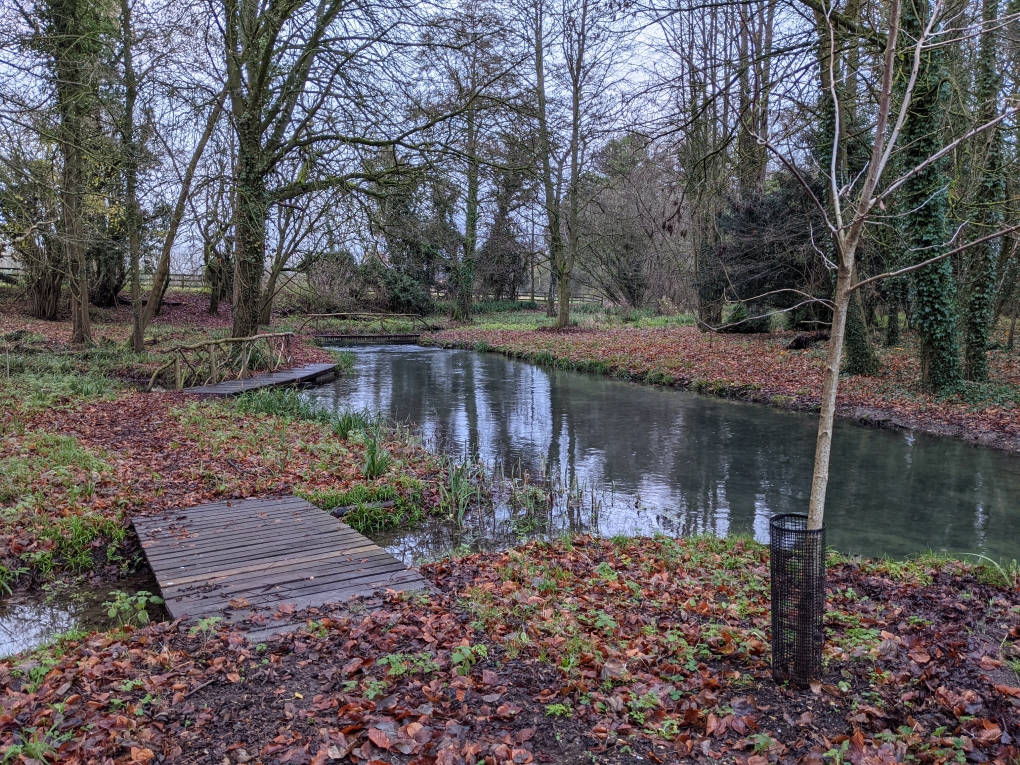 Google Pixel 4 Google Pixel 5
Google Pixel 4 Google Pixel 5
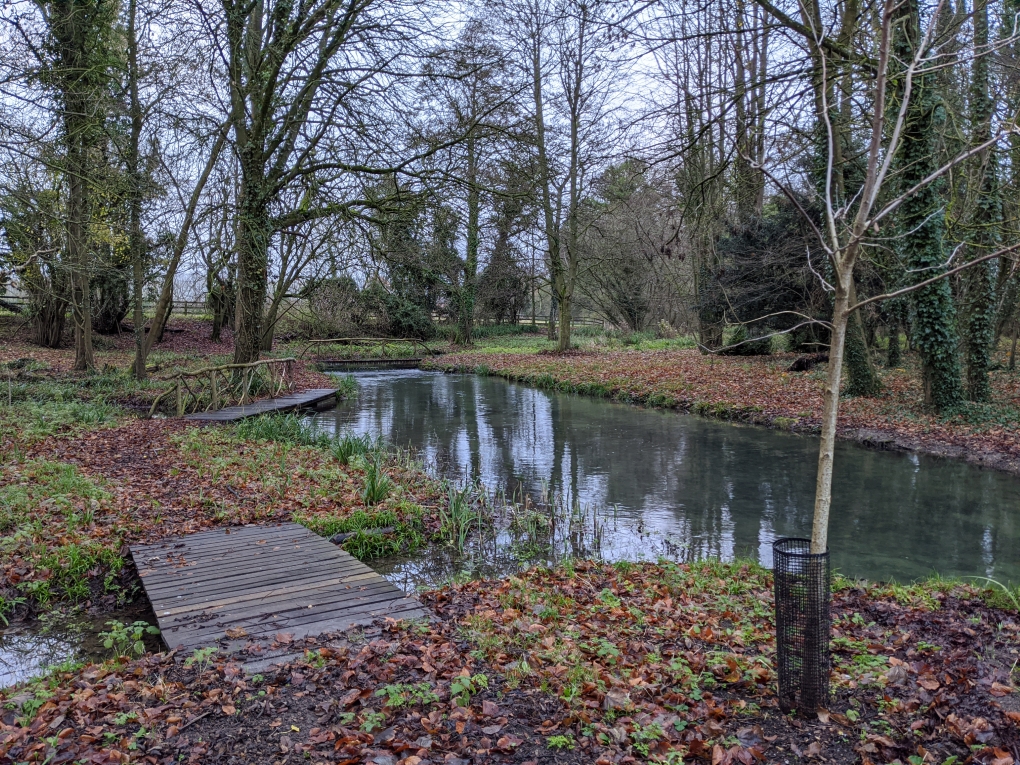
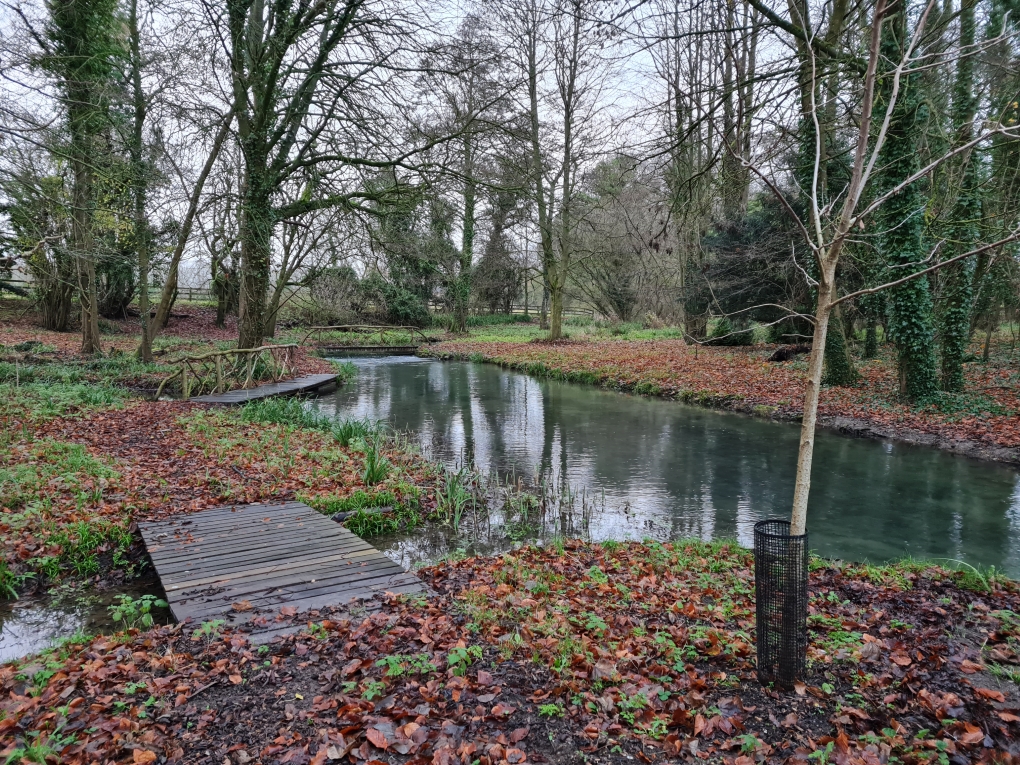 Samsung Galaxy Note 10 Samsung Galaxy Note 20
Samsung Galaxy Note 10 Samsung Galaxy Note 20
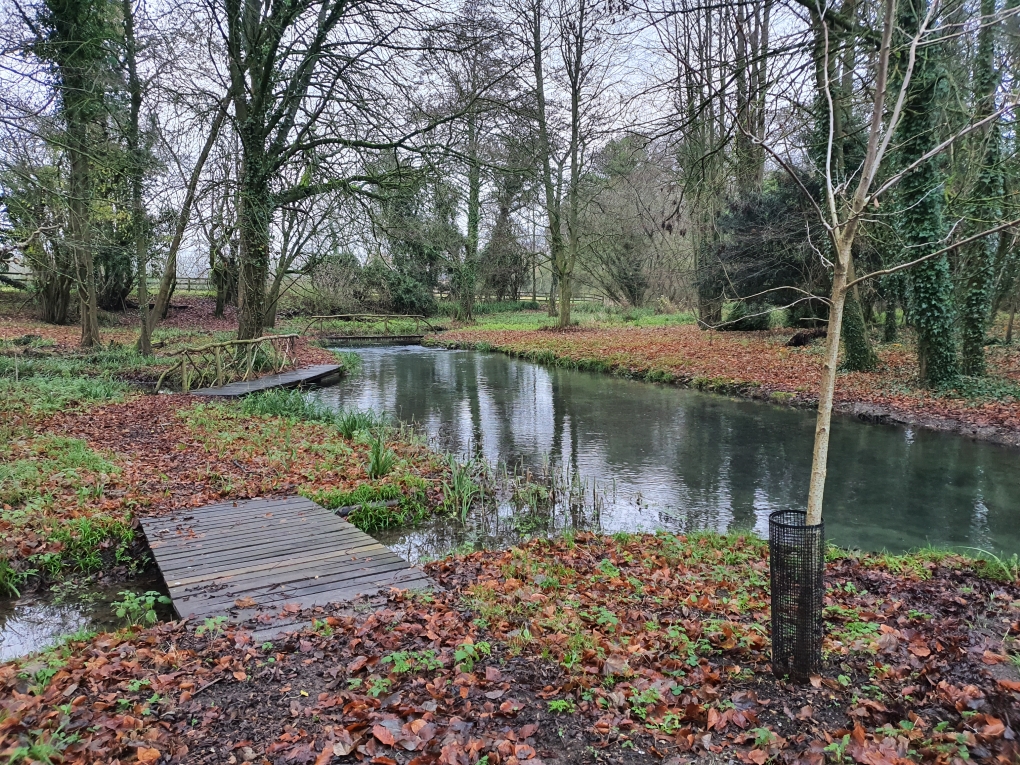
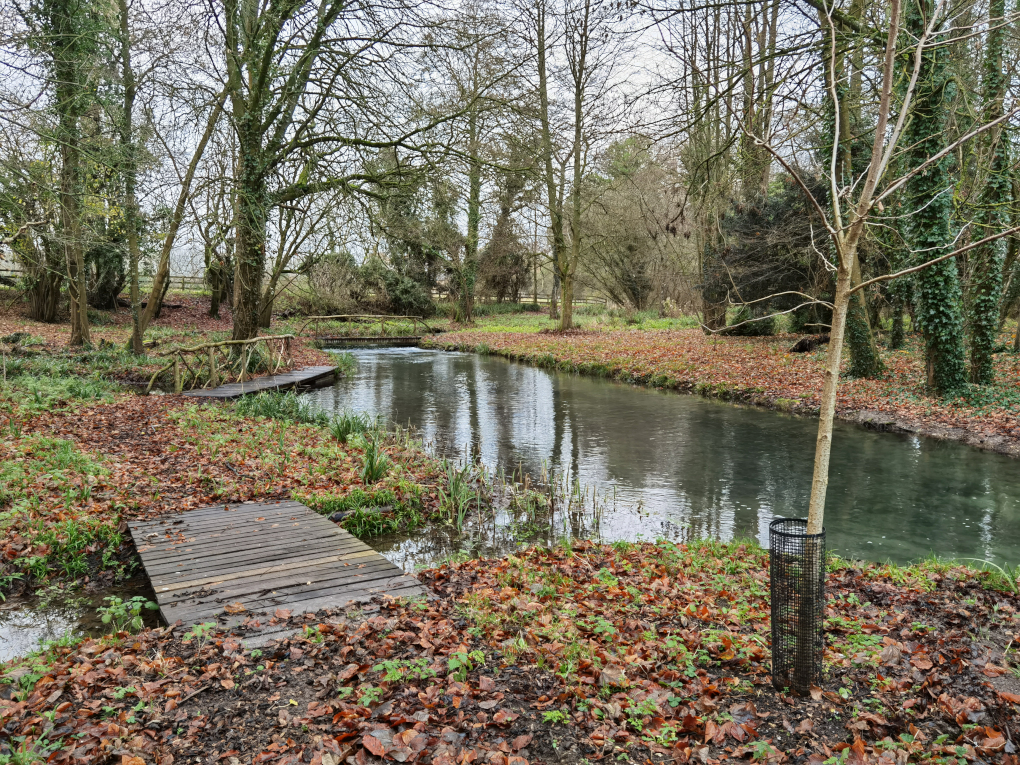 Huawei P30 Pro Huawei P40 Pro
Huawei P30 Pro Huawei P40 Pro
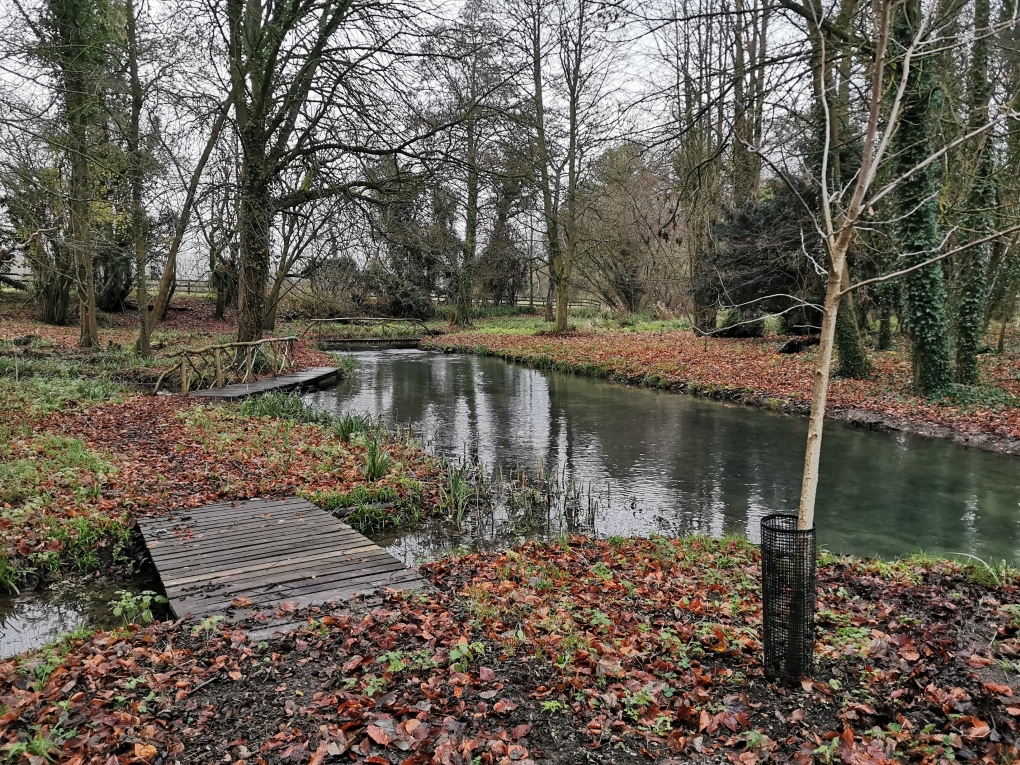
The second sample follows a similar pattern. The Pixels are essentially interchangeable at full frame. Samsung’s Note 20 and Note 10 are slightly different in terms of exposure, but it’s the Huawei P40 Pro and P30 Pro that showcase the bigger differences this time. This example highlights the much improved dynamic range for the P40 Pro, with superior color definition and less black crush. This is a theme we’ll see throughout Huawei’s images over the course of this shootout.
 Huawei P30 Pro Huawei P40 Pro
Huawei P30 Pro Huawei P40 Pro

 Samsung Galaxy Note 10 Samsung Galaxy Note 20
Samsung Galaxy Note 10 Samsung Galaxy Note 20

 Google Pixel 4 Google Pixel 5
Google Pixel 4 Google Pixel 5

It’s more of the same in this third shot. Again, there’s a slight change in colors and exposure on offer from the Galaxy Note 20, as well as a brighter exposure with the Huawei P40 Pro. However, the pictures from the newer handsets aren’t a game-changing improvement over the previous generation. Details are pretty similar and all six phones take good pictures.
Once more we note that the Pixel 4 and 5 take essentially the same image. Google’s consistency across different processing generations is certainly commendable.
 Google Pixel 4 Google Pixel 5
Google Pixel 4 Google Pixel 5

 Samsung Galaxy Note 10 Samsung Galaxy Note 20
Samsung Galaxy Note 10 Samsung Galaxy Note 20

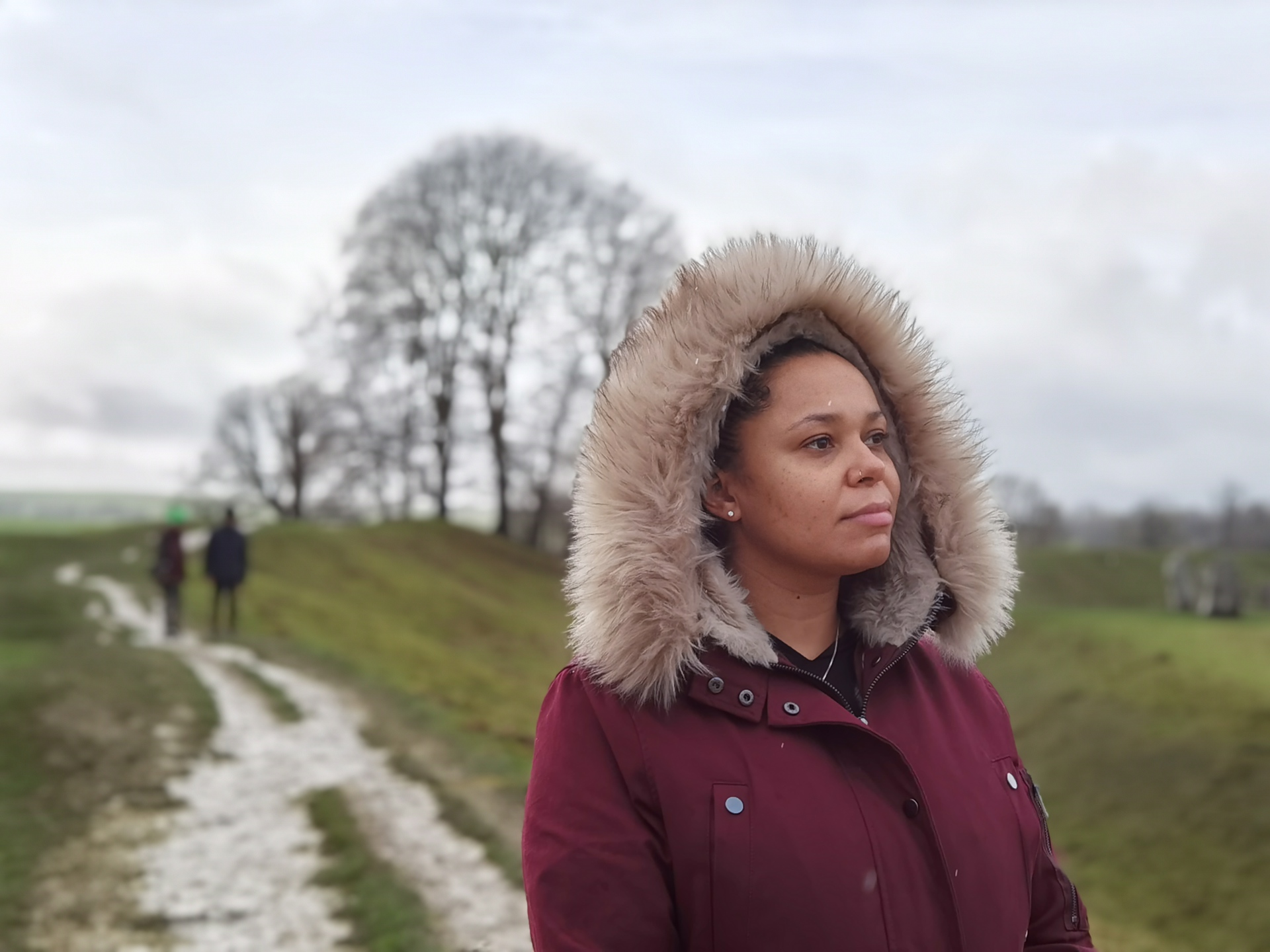 Huawei P30 Pro Huawei P40 Pro
Huawei P30 Pro Huawei P40 Pro

Switching over to portrait capture reveals perhaps the biggest difference yet, with a major improvement to image quality between the P30 Pro and P40 Pro. Dynamic range is substantially improved as are skin tones and textures. The Pixel series and the Galaxy Note handsets in particular already offered powerful HDR and portrait techniques, but Huawei has closed the gap.
While all of these phones take fine pictures, the move to larger main image sensors with the Huawei P40 Pro and Samsung Galaxy Note 20 has resulted in some improvements to exposure and dynamic range this generation. Particularly when it comes to Huawei’s latest flagship. Even so, these changes don’t make a big enough difference to be considered a major leap forward, nor justify an entirely new handset purchase.
Shooting in low light
If daylight showcases some small but noticeable differences, low light should really tell us if there are any meaningful upgrades on offer this generation. At least in theory.
 Google Pixel 4 Google Pixel 5
Google Pixel 4 Google Pixel 5

 Huawei P30 Pro Huawei P40 Pro
Huawei P30 Pro Huawei P40 Pro

 Samsung Galaxy Note 10 Samsung Galaxy Note 20
Samsung Galaxy Note 10 Samsung Galaxy Note 20

Starting with some dusk shots, the bigger sensor in the Huawei P40 Pro clearly yields exposure, detail, and dynamic range improvements over 2019’s P30 Pro. Nevertheless, the P40 Pro’s image is arguably a little too bright for this dark and gloomy evening’s winter scene. The two Pixels have a slightly different white balance but are a match for detail, exposure, and dynamic range.
The Galaxy Note 10 vs Note 20 is the more interesting comparison. The wider aperture of the Note 10 seems to help the phone capture more light than the Note 20’s larger sensor. The newer model’s more saturated approach to color processing doesn’t help brighten up the image either, at least in this example. This is the first real example where a last-gen handset takes the better picture.
 Huawei P30 Pro Huawei P40 Pro
Huawei P30 Pro Huawei P40 Pro

 Samsung Galaxy Note 10 Samsung Galaxy Note 20
Samsung Galaxy Note 10 Samsung Galaxy Note 20

 Google Pixel 4 Google Pixel 5
Google Pixel 4 Google Pixel 5

Flipping on the portrait mode, and the Note 10 again wins out with exposure and detail over the newer Note 20. Although this looks to be a result of different software approaches to exposure, based on the Note 10’s clipped highlights. The Note 20’s gloomier look is more realistic for the scene, but the details are pretty lacking compared to the older model.
Related: The best budget camera phones you can buy
For the Huawei P40 Pro vs P30 Pro, just copy and paste our analysis from the previous example. The newer model has notable better exposure and HDR capabilities, but it’s a little brighter than the scene looks in real life. Once again, Google’s Pixel flagships have a virtually identical approach to colors, exposure, and detail. However, there are a couple of differences. The Pixel 5 brightens up the subject a little more and has warmer skin tones that look a little too red. The bokeh effect also miscalculates the distance of the fence compared to the Pixel 4. Perhaps the depth algorithm doesn’t run quite as well on the Pixel 5’s mid-range processor?
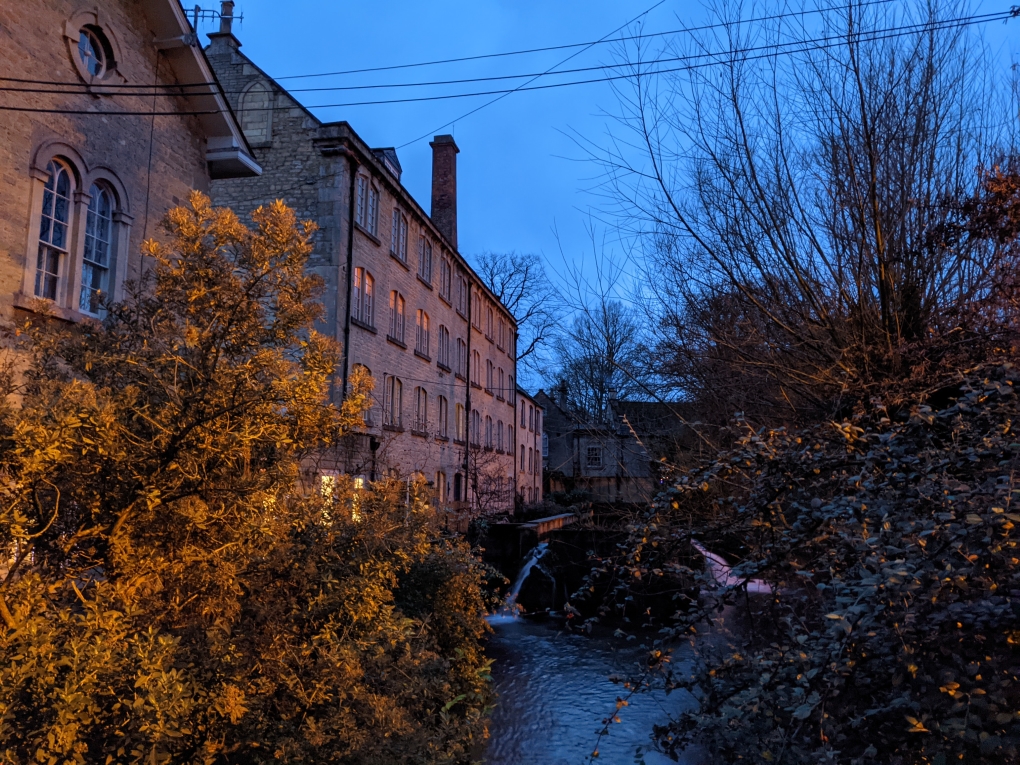 Google Pixel 4 Google Pixel 5
Google Pixel 4 Google Pixel 5

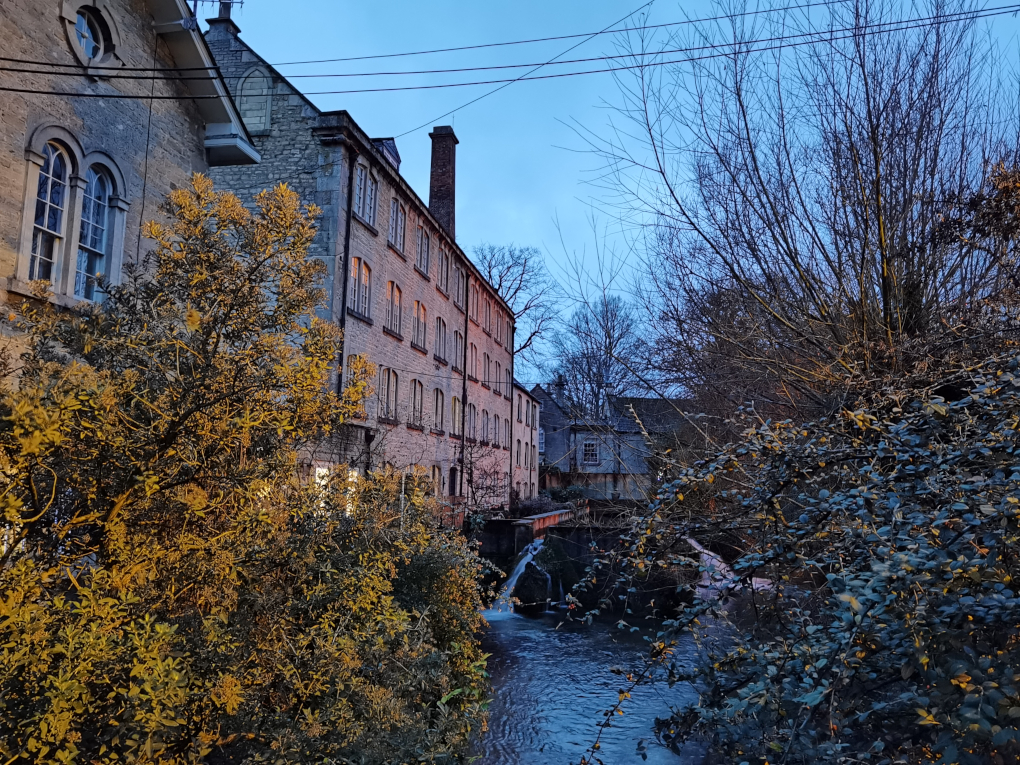 Huawei P30 Pro Huawei P40 Pro
Huawei P30 Pro Huawei P40 Pro

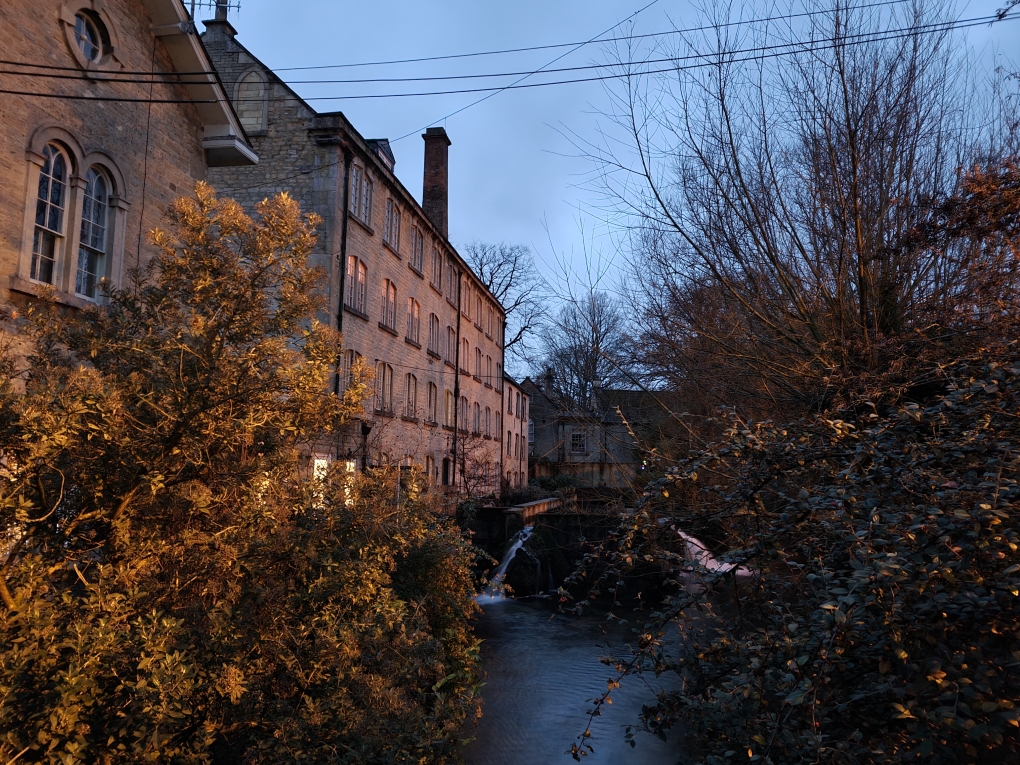 Samsung Galaxy Note 10 Samsung Galaxy Note 20
Samsung Galaxy Note 10 Samsung Galaxy Note 20
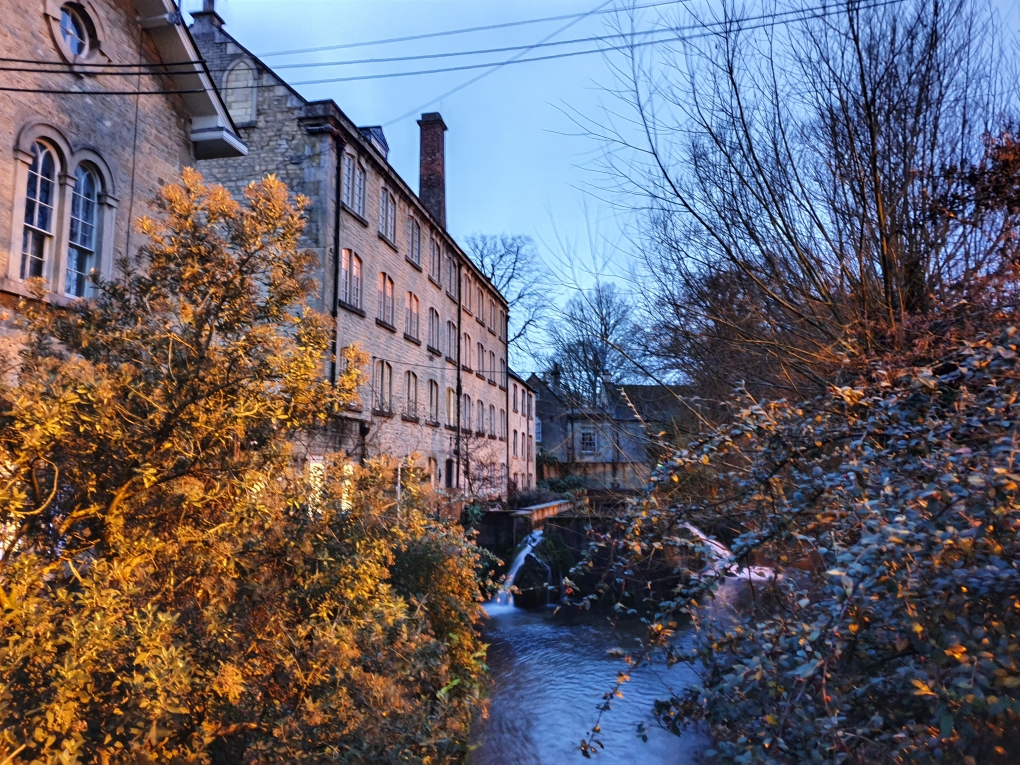
Turning the lights down really low and kicking Night modes on reveals a few more key differences. Except for the Pixels, of course, which produce the same great results from both handsets. The P40 Pro has a slightly better white balance than the P30 Pro, but otherwise, both produce similarly solid results.
At a quick glance, it again looks like the Samsung Galaxy Note 10 beats its newer sibling with a brighter exposure. However, using the night mode produces a blurry image here that’s lacking in detail compared to the Note 20. I think this is down to hand-shake rather than low light focusing problems, but it’s a little hard to tell. Either way, the bigger sensor from the 2020 model wins out in very low light, and the Note 20 produces arguably the most realistic low light shot of all six handsets.
Wide-angle and zoom changes
Zoom and wide-angle lenses have also seen some hardware changes this year, so let’s dive into photos from these sensors too. Starting with a 3x medium-range zoom shot.




At 3x, zoom quality closely follows what we expect from each phone’s hardware. The Huawei P30 Pro and P40 Pro look very similar, with a very slight boost in details for the newer model. It’s the same story with the Note 10 and Note 20. The latter offers a fraction more detail and also takes on the more saturated colors we saw from the main camera. However, you have to look extremely closely to notice.
The lack of a telephoto lens in the Google Pixel 5 compared to the Pixel 4 yields a notable downgrade in quality even at a reasonable 3x zoom. This is not hugely noticeable on a phone display, but there’s a definite lack of detail when cropping in or blowing up the photo on a larger screen. The Pixel 5 comes off even worse with longer-range zooms.




Switching to 5x, the Pixel 5’s software zoom is clearly outclassed by the other handsets. The Pixel 4 holds up OK at this range, competing pretty well with the Galaxy Note 10 and Note 20. Samsung’s handsets are very difficult to tell apart at 5x, despite their major hardware differences. There are some subtle improvements to colors and ultra-fine details with the Note 20, but it’s very close. You really have to crop in to notice.
Huawei takes a commanding lead at long range thanks to its 5x periscope camera. The new model captures a fair bit more detail and looks sharper on closer inspection. However, the results come out a little underexposed compared to the older P30 Pro. Nevertheless, the darker tone isn’t strictly wrong on this overcast day. Overall the improvements here, if any, are very subtle. Zoom tech doesn’t seem to have moved on much in mainstream flagships.




 Google Pixel 4 - 1x Google Pixel 5 - wide
Google Pixel 4 - 1x Google Pixel 5 - wide

The Pixel 5 makes up for its lack of a telephoto lens with a wide-angle camera. This gives it greater flexibility to fit more in your shot than the Pixel 4. The camera quality is decent enough in good light, but colors are a tad washed out compared to the main sensor. Overall this option is a side-grade that boils down to your preference for wide angles or zooming in.
There’s no real difference between Samsung’s wide-angle cameras over the past two years, aside from the color processing differences we’ve discussed previously. Huawei’s latest wide-angle lens is narrower than before and definitely doesn’t fit as much in as the competition. Although it is free from distortion and details hold up better than its rivals on a very close inspection.
Overall, there haven’t been any major upgrades to zoom or wide-angle capabilities with these handset generations. While there are minor, subtle improvements here or there, the differences are definitely less notable than some of the changes we’ve seen with main cameras.
2019 vs 2020 camera phones: Is mobile photography stagnating?

Based on these six handsets, it doesn’t appear that smartphone photography is stagnating quite yet. All six of these phones take some pretty good pictures, and there are some noticeable improvements on offer. However, they don’t make a night and day difference to image quality in most shots. Bigger sensors are helping to nudge the industry forward, but wide-angle and zoom packages have seen much more marginal improvements. Overall, the changes probably aren’t yet worth upgrading from a 2019 flagship for. I’d wait until next year’s flagships roll around in early 2021.
Perhaps the biggest improvement we’ve noted here is Huawei’s updated HDR technology and larger sensor. The P40 Pro is able to capture and balance bright exposures much better than the P30 Pro. This results in better colors, portraits, and low light photography. Samsung has punched up its colors this generation and also benefits from a bigger sensor. Nevertheless, it’s not so clear that the Note 20’s broader camera package is much different from the Note 10. Aside from the wide-angle versus telephoto debate, the Google Pixel 5 performs virtually identically to the Pixel 4. It still takes competitive pictures, but Google’s next phone could do with a triple camera setup.
Up next: Google Pixel series camera shootout: Three generations of progress
Of course, this is just a small selection of the smartphones released this year, so other models may see larger generation-to-generation improvements. There are also improvements to front-facing cameras and video capture technology that we haven’t gotten into in this article.
What do you make of smartphone photography changes over the course of 2020? Has it improved enough to justify a new purchase or is the pace of mobile photography stagnating?
 Loading poll
Loading poll
No comments:
Post a Comment